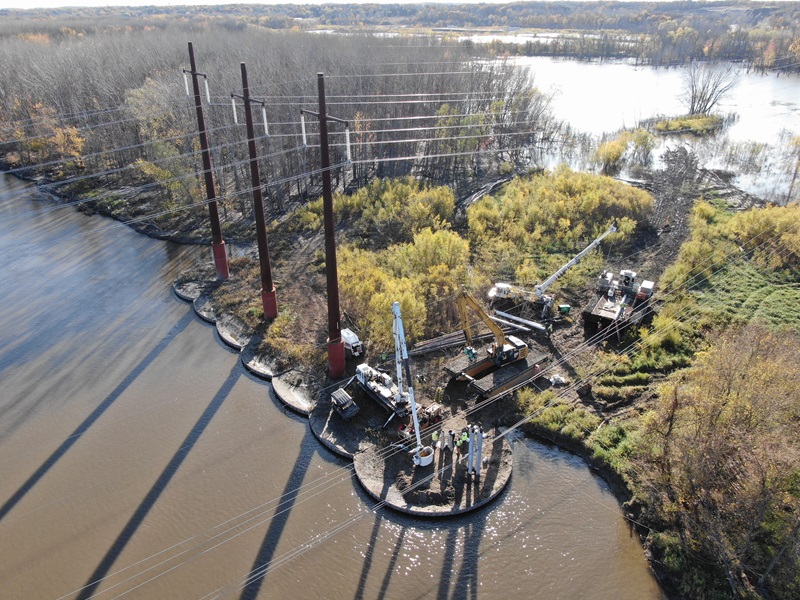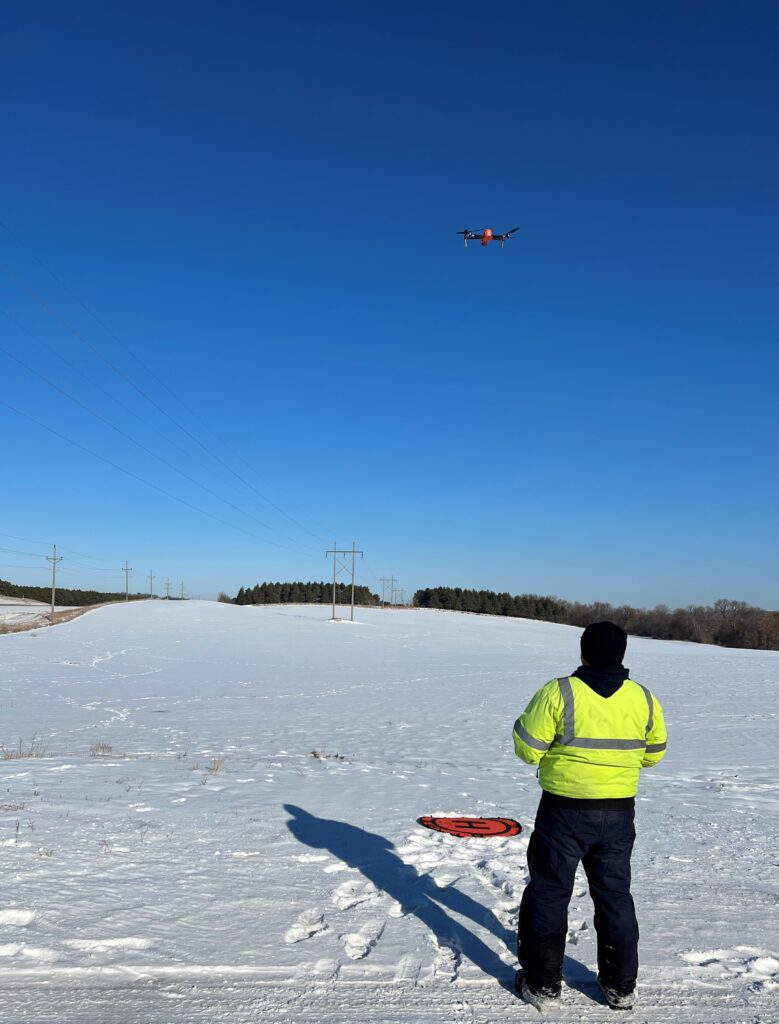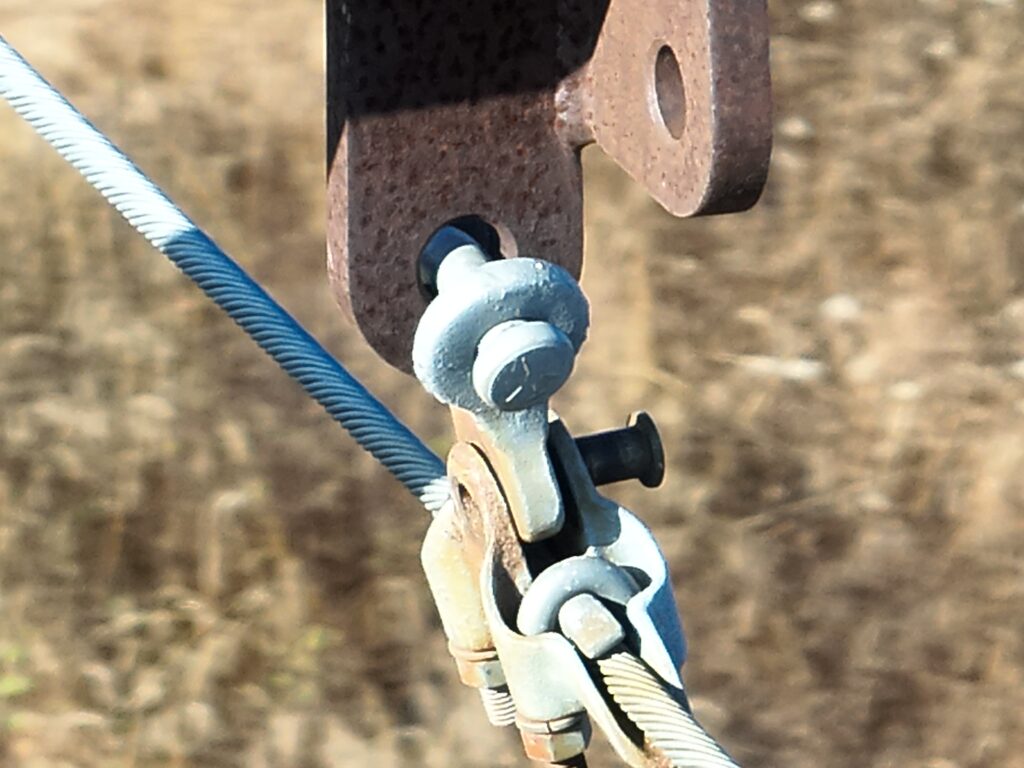The uncrewed aircraft system (UAS) program at Great River Energy began in 2018 and has since grown to include 15 systems and 16 qualified operators. The program received a Beyond Visual Line of Sight waiver from the Federal Aviation Administration last spring, which allows Great River Energy to fly its UASs up to 20 miles away.
Andy Regnier, UAS program manager at Great River Energy, said the program has grown exponentially in the past couple of years, with visual inspections being the biggest application. For example, a UAS was used to inspect the static line pins on the Cass Lake to Boswell line substantially faster than someone on the ground could do, which also freed up the line technicians to focus on other core duties.

UAS equipment has also been used in storm response, vegetation management and to capture nameplate data that previously would have required an outage.
“UASs have accelerated the process of capturing missing nameplate details on equipment and has allowed us to identify where we do not have spare parts available,” said Tyler Tschimperle, Great River Energy’s supervising manager of substation apparatus. “Without the use of this technology, it could take several years to obtain the necessary information to determine if we have an available spare part.”
Mapping substations
Regnier is using UASs to create 2D orthomosaics (similar to Google Earth), 3D mesh models and point clouds of all Great River Energy substations. Capturing data only takes about 15 minutes and, after processing, both vertical and horizontal measurements can be obtained from the models, which is helpful for construction pre-planning and inspection.
“Apparatus has found use in the individual photos because of all the detail,” Regnier said. “If they have questions about the specific configuration of a transformer, we can easily look it up now.”
Tschimperle said the 3D feature has allowed his team to identify problematic equipment types in substations without having to physically go there.

“The images are detailed enough that we identified an oil leak on the transformer at Bear Creek Substation, avoiding a site visit and an outage just to identify what needs to be repaired,” Tschimperle said. “Now, we can get the material and contractors lined up before taking the transformer out of service.”
Tschimperle said a site visit can last six hours and include eight employees. That work can be eliminated if a site was mapped by a UAS.
Other UAS uses
When preparing for construction on the 6-mile Cedar Lake Tap reroute project, Regnier flew the proposed route with a UAS so they could see what everything looked like.
“We had a snapshot before construction even began and had all this data in less than a day,” he said.
While UAS equipment can be expensive, Regnier said there is often a very quick return on investment because contractors also come at a cost.
“We can likely buy the specialized equipment we need to try and tackle these things on our own rather than hire a contractor and do the job for less,” Regnier said. “We bought a partial discharge camera last year because it was more cost effective than if we hired someone to do it twice.”
Spreading the word

Regnier is trying to spread awareness of the UAS program to encourage other Great River Energy employees to think outside the box about ways it could be helpful in other areas of the business. He said the program exists to support any data capture that is needed.
“That’s the most fun thing about this job — trying to find a solution to the problems,” Regnier said.
The UAS services are also available to Great River Energy’s member-owners and customers. Many of them have their own UAS programs but most are only using them for inspections. Great River Energy’s advanced UAS technology sets it apart.
“In many aspects, we are a lot further along than most utilities,” Regnier said.
 " data-object-fit="cover">
" data-object-fit="cover">
 " data-object-fit="cover">
" data-object-fit="cover">